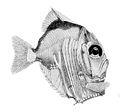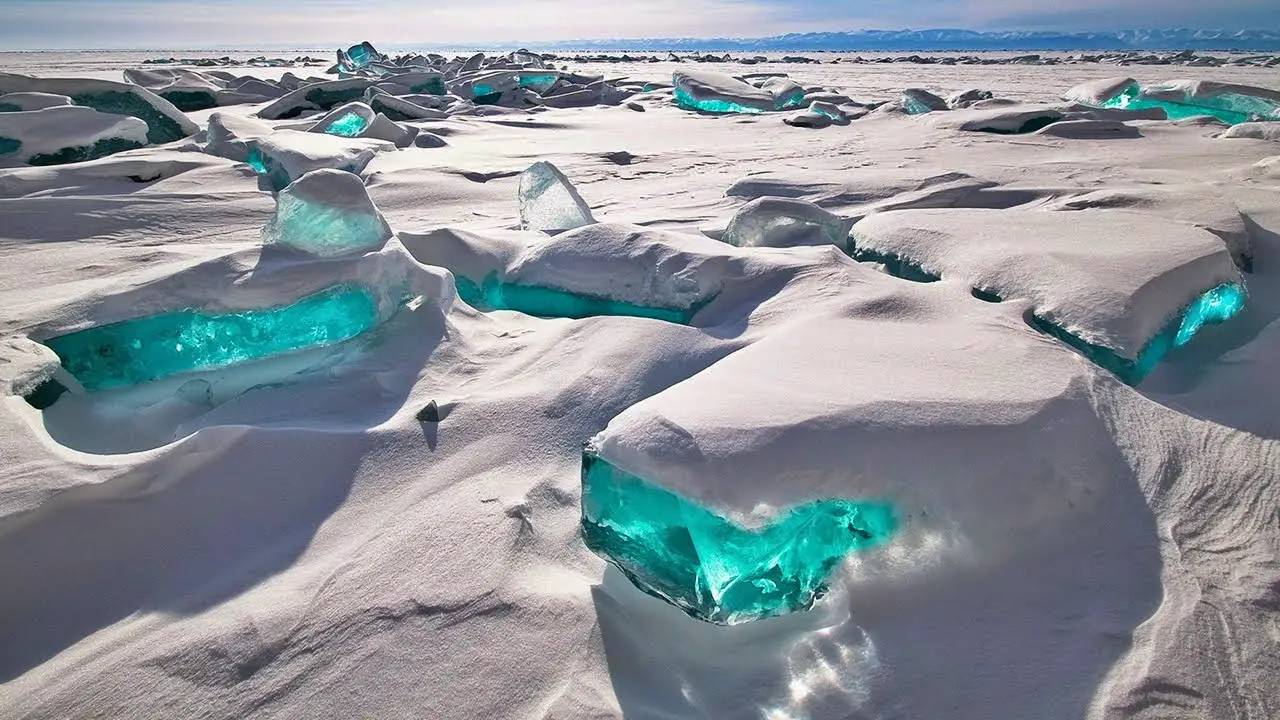n
Happy Birthday, Sir Charles Wyville Thomson – 1830
n
n
For a long time, people only knew about the first few fathoms of the ocean. After all, we had no submarines or deep-sea submersibles. We didn’t even have any good way of estimating the depth of the ocean floor, except in the shallowest parts near land. We just had a pretty strong feeling that the ocean was pretty darned deep!
n
Most people thought that the deep sea was an “abiotic zone.” That means no life. After all, scientists reasoned, life depends on sunlight and green plants converting that sunlight into food (sugars).
n
Well, Charles Thomson, a Scottish zoologist, helped to first prove that there is life far down, deep, in the ocean. He explored the deep sea by dredging the sea off the Norwegian coasts, proving that all sorts of animal life existed down to depths of 650 fathoms (1200 m). He also found that temperatures down in the briny deep varied quite a lot—it had been assumed that they would have been constant. The varying temperatures proved that there existed oceanic circulation with sinking water, deep-water currents, upwelling, and shallow-water currents.
n
Because of the interest in Thomson’s findings, the Royal Navy specially outfitted H.M.S. Challenger to do an oceanographic study. The ship’s guns were removed, and the number of spars were reduced. With the room afforded by these alterations, laboratories, extra cabins, and a dredging platform were installed. The ship was loaded with, not just food and water, but also specimen jars filled with alcohol. Chemical apparatus, microscopes, thermometers, dredging and trawling equipment, and sounding devices were installed aboard—some of the equipment newly invented just for this first true oceanographic expedition.
n
During the course of four and a half years, Challenger spent 713 days at sea and traveled almost 69 thousand nautical miles (127,580 km). During the 133 bottom dredges and 151 open water trawls, Thomson and his staff discovered about 4,700 new species of marine life!
n
n
Explore some more
n
Since Thomson’s time, we’ve been able to explore deeper and deeper oceans. Watch this video about amazing deep-sea creatures we’ve found. And then check out this short snippet about life at the deep-sea vents.
n
Play the game “Journey to the Deep.”
n























